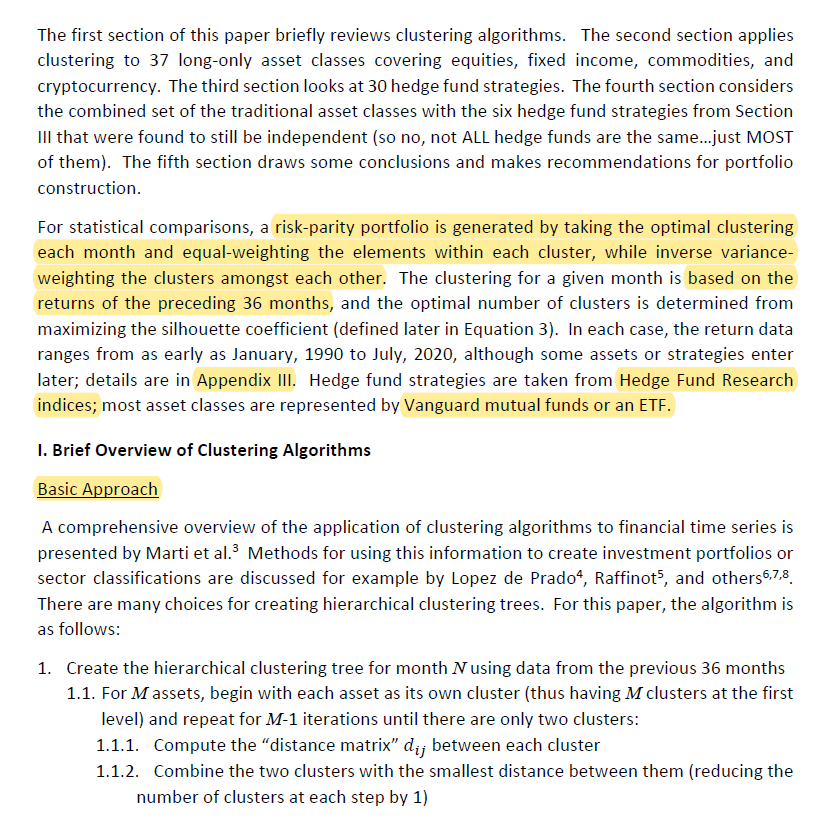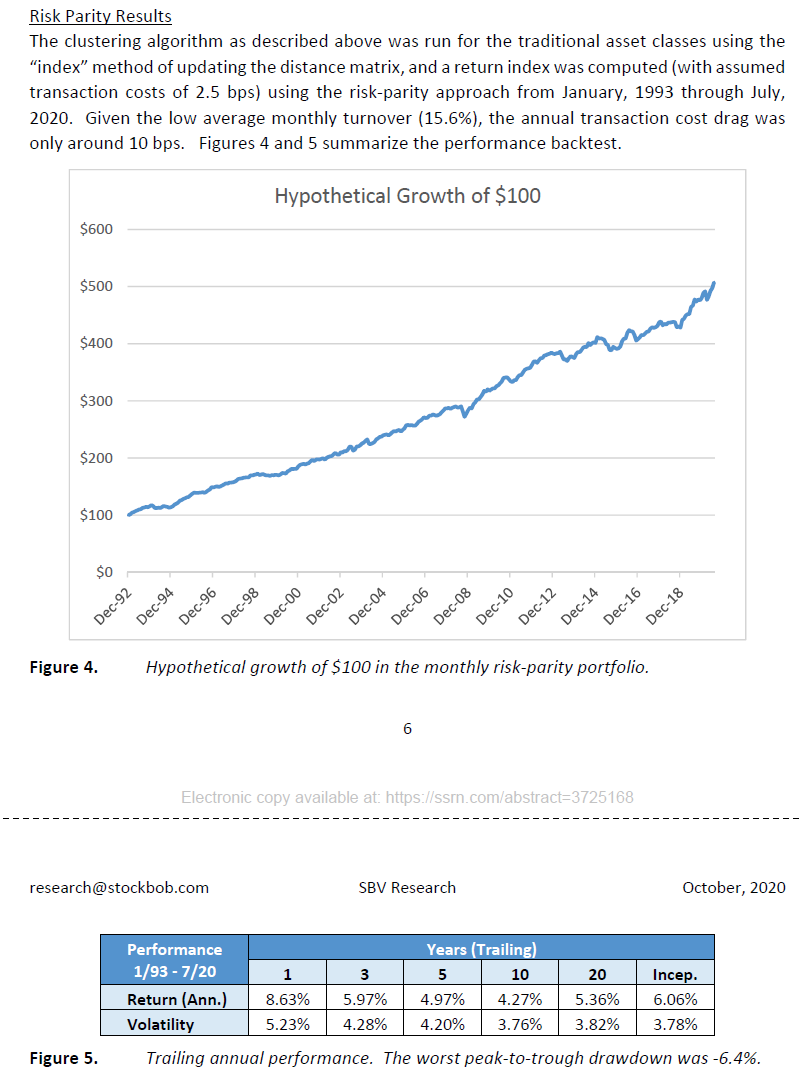
1/ Pandemic Tail Risk (Breugem, Corvino, Marfè, Schoenleber)
"While tail risk of the market index did not move much before the 2020 COVID-19 outbreak, we document that tail risk of less pandemic-resilient economic sectors boomed in advance."
papers.ssrn.com/sol3/papers.cf…
"While tail risk of the market index did not move much before the 2020 COVID-19 outbreak, we document that tail risk of less pandemic-resilient economic sectors boomed in advance."
papers.ssrn.com/sol3/papers.cf…

2/ "We compute a measure of [lockdown] resilience based on the capability of a company to implement work-from-home.
"Sectors from low to high resilience are Consumer Staples, Materials, Consumer Disc, Industrial, Energy, Health Care, Utilities, Technology, and Financial."


"Sectors from low to high resilience are Consumer Staples, Materials, Consumer Disc, Industrial, Energy, Health Care, Utilities, Technology, and Financial."



3/ "In order to not over or underweight the influence of sectors with a really large or little market capitalization, we compute the equally-weighted return of the respective sectors within each specific resilience group." 



4/ "The straightforward implication of these plots is that, before the first market drop, investors considered a downturn to be more likely for the less pandemic-resilient sectors rather for the whole market." 





5/ "Overall, our option-implied measures of tail risk document a slow response of the market index to the upcoming pandemic crisis. In contrast, a prompt reaction can be detected when examining sectors based on their resilience to social distancing provisions." 





6/ "The CDS spreads of the low and middle resilience groups slightly increase before the first market drawdown, then rise substantially between the first and the second market drawdown.
"The CDS spreads of the high-resilience group and the CDX IG barely move over the sample."


"The CDS spreads of the high-resilience group and the CDX IG barely move over the sample."



7/ "Short-horizon [vertical IV] slope increases substantially, whereas the slopes based on longer-maturity options react with a delay."
Hmm....



Hmm....




8/ Related research:
Volatility Markets Underreacted to the Early Stages of the COVID-19 Pandemic (Cheng)
Volatility Markets Underreacted to the Early Stages of the COVID-19 Pandemic (Cheng)
https://twitter.com/ReformedTrader/status/1254595570120847360
• • •
Missing some Tweet in this thread? You can try to
force a refresh




























